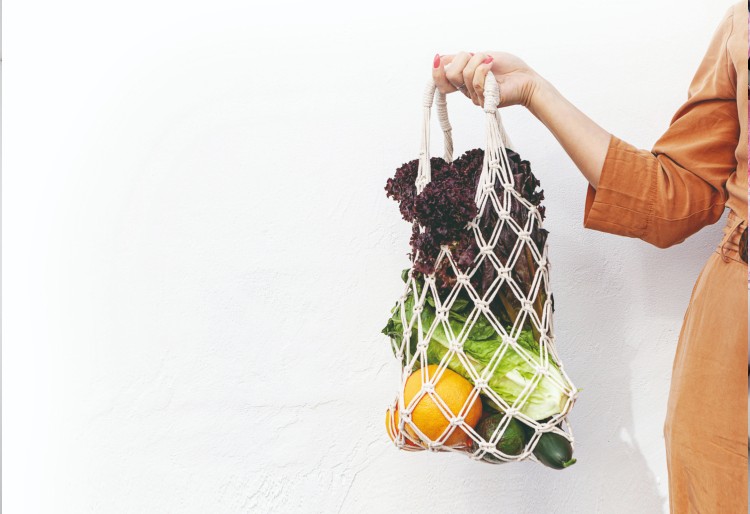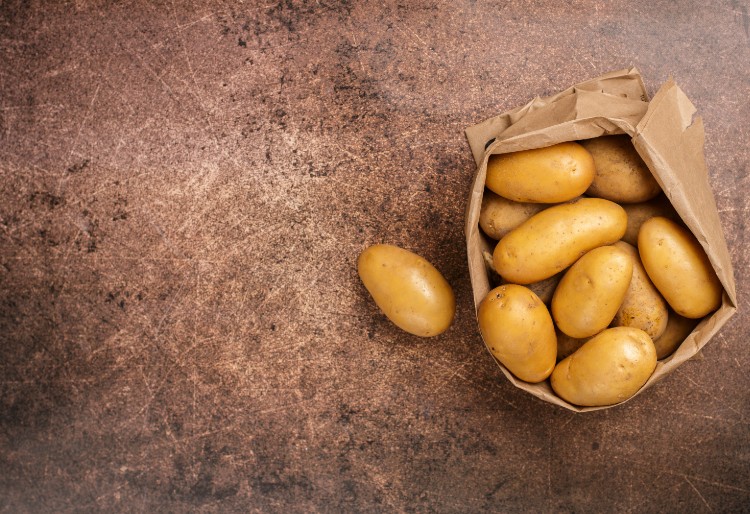Packaging and sustainability post COVID
Combining packaging and sustainability is possible and desirable, once the pandemic is over. Discover the advantages of environmentally friendly packaging.
IT’S ECO, IT’S LOGICAL
Share

During the three exceptional months that the State of Alarm has lasted in our country, plastic, criticised just a few months ago, has become a safety guarantee in the face of potential infection from coronavirus. Health workers’ personal protective equipment, gloves, food packaging...in these times, safety has come before sustainability.
As a result of the COVID-19 crisis, the consumer has intensified the buying of packaged products because they consider them to be an element of food safety, while the data from Aecoc Shopperview shows that the health crisis has not moved the debate among consumers about the importance of sustainability as a decision-making factor.
In fact, 23% of shoppers state that they now place more importance on buying environmentally friendly products and brands, while 69% gives it the same weight when it comes to shopping now as before the pandemic. Furthermore, 76% believe that in future consumption, it will be important to reduce the packaging of products to prevent excess plastic.
Return to sustainable consumption
According to the results of the second wave of the barometer of Aecoc Shopperview and the consultancy, 40dB, the passing of the weeks has also led to the return the importance of some factors that had lost relevance during the first weeks of lockdown. The clearest case is that of sustainability. In the first wave of the barometer, just 38% of consumers said they looked at environmentally friendly brands and products, the percentage in recent weeks has grown to 52%.
Looking to the future, 76% believe it will be important to reduce packaging and 63% say that they will buy more local products.

What Consum is doing
• Replacement of plastic shopping bags for bags with more than 70% recycled plastic, made from our own plastic waste. An example of the circular economy.
• Availability of reusable bags, including polypropylene jute and paper.
• Incorporation of recycled PET to bottles of natural juice and tubs in the delicatessen cutting service.
• Elimination of single-use disposable plastic tableware (plates, cups, cutlery...) and replacement with compostable, recyclable or reusable products.
• Introduction of compostable bags, both for the organic waste selection and canine waste.
• Increase of hand-picking products in the fruit section and improvements in ECO product packaging, such as Consum ECO fruit, whose packaging is made of compostable plastic and cardboard.
• Availability of a reusable bag for fruit and vegetables, made with 100% recycled PET.
• Biodegradable trays for the meat section.
• Reduction in the use of plastic in the packaging for own brand products through:
1. The incorporation/use of recycled plastic (in packaging), such as in Consum washing up liquids and home cleaners made with 45% recycled plastic and in 1l refrigerated juices, where the packaging is made from 52% recycled plastic, among others.
2.The reduction in the size of the packaging, as well as the reduction in thicknesses, with the resulting saving in the amount of plastic used, as well as the reduction of between 6-9% less plastic in Consum ice cream tubs, in the water bottles and the reduction in the grammage of crisp packets.
3.The removal, reduction or replacement for other more sustainable materials (cardboard) of secondary packaging elements, such as Consum whole milk, semi-skimmed milk and skimmed milk where the plastic from the 6-pack has been replaced with cardboard.
• Use of cardboard and recycled paper in our own brand packaging with more than 60 products that meet this requirement, as well as the commitment that paper and cardboard used in all cases comes from responsibly managed sources.






